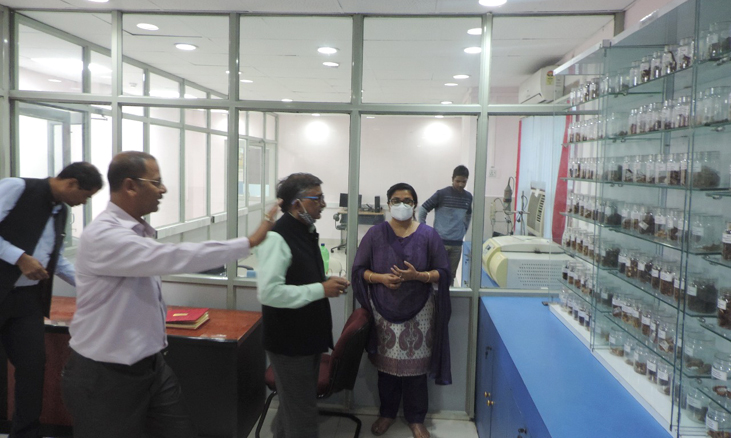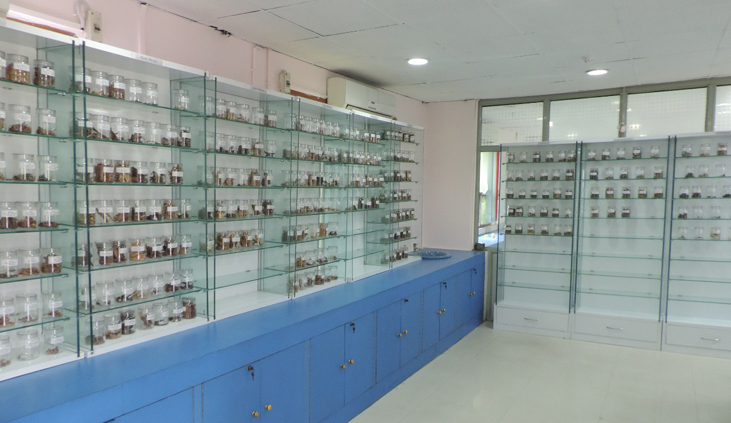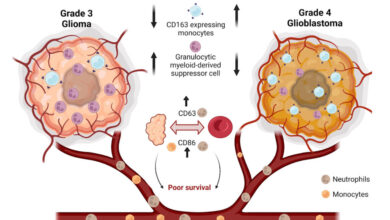Raw drug repository for medicinal herbs established in CSIR-NBRI

New Delhi: The National Botanical Research Institute (NBRI), a Lucknow-based constituent laboratory of the Council of Scientific and Industrial Research (CSIR), is known for its research and development related to various botanical disciplines. A broad spectrum of research activities is being conducted at CSIR-NBRI, which includes plant diversity, systematics and herbarium, pharmacognosy, phytochemistry, plant ecology, environmental technologies, molecular biology, biotechnology, plant genetic resources, plant conservation, and agro-technologies.
As part of a new initiative, CSIR-NBRI has established a Raw Drug Repository in its Pharmacognosy Division. This repository is the first of its kind and has 2000 specimens of dried samples of authentic medicinal plants which are essential for making herbal medicines for better human health and disease cure, says CSIR-NBRI statement. The repository was inaugurated by Dr. JLN Sastry, CEO, National Medicinal Plant Board, New Delhi.

“The repository houses medicinal plant specimens collected from far and wide places from all across the country. The repository is categorized into different sections based on the plant parts used in medication as per the classification of AYUSH system e.g., root drugs, bark drugs, leaf drugs, stem drugs, seed drugs, unorganized drugs, etc.”, said Dr. Sharad Srivastava, Head, Pharmacognosy Division at CSIR-NBRI.
A few of the major plant samples exhibited include Aconitum heterophyllum, Acoruscalamus, Aquilariaagallocha, Bergenialigulata, Berberisaristata, Withaniasomnifera, Cosciniumfenestratum, Glycyrrhizaglabra etc, added Dr. Srivastava.
Prof. SK Barik, Director, said that this repository will be of immense help to the researchers as well as the visitors from different institutes and schools. This can be used as reference material as well as will prove very helpful in developing herbal drugs with more efficient targets. (India Science Wire)






